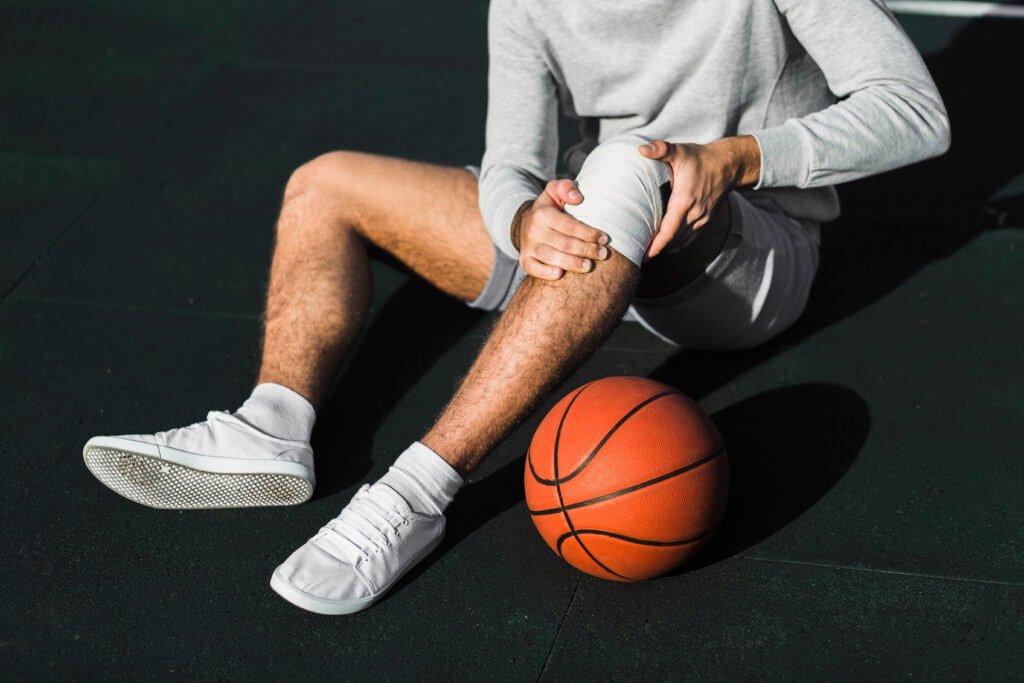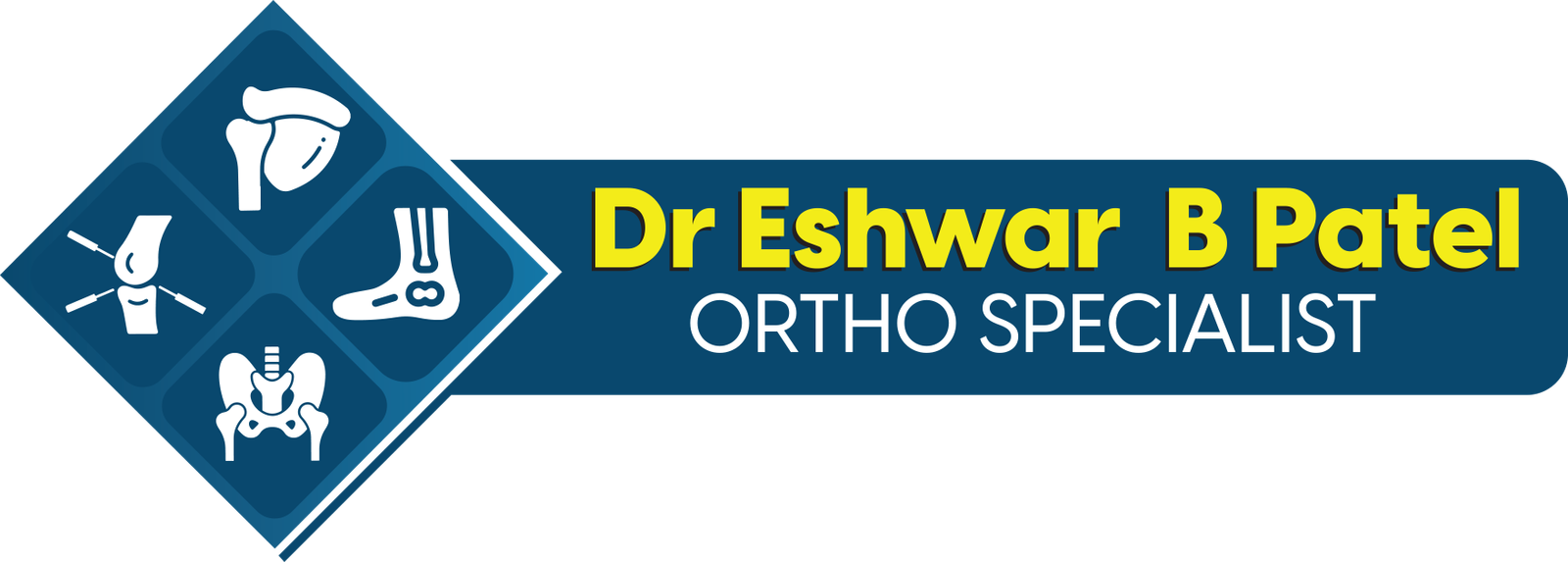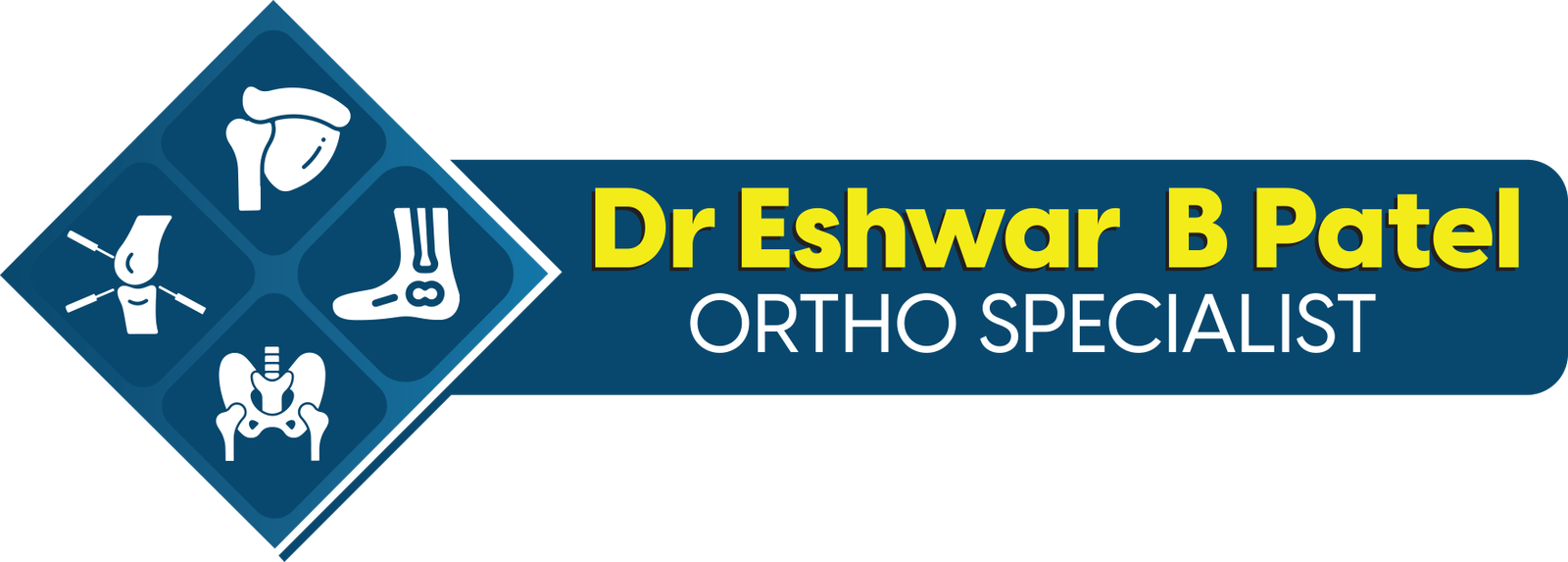Top Mistakes Athletes Make During Injury Recovery

Recovering from an injury is just as crucial as training, yet many athletes unknowingly make mistakes that hinder their progress. Here’s a guide to understanding and avoiding common missteps during the recovery process:
Rushing Back to Play Too Soon
Many athletes push themselves to return to their sport before they’re fully healed. While eagerness is natural, returning prematurely can worsen the original injury or lead to new issues. Proper healing time is essential for long-term performance and safety.
Tip: Always consult with a physician or physical therapist to get a realistic timeline for your recovery.
Neglecting Physical Therapy
Physical therapy is designed to promote healing, restore function, and prevent re-injury. Skipping sessions or not following prescribed exercises can slow recovery and increase the risk of recurring issues.
Tip: Treat physical therapy as part of your training regimen. Commit to each session to maximize your recovery potential.
Ignoring Pain Signals
Pain is the body’s way of signaling distress. Athletes often pride themselves on “playing through the pain,” but ignoring persistent or sharp pain can lead to chronic injuries or long-term damage.
Tip: Listen to your body. If an activity exacerbates your pain, stop and seek advice from your healthcare provider.
Inadequate Rest and Overtraining
Rest is a fundamental part of recovery. Athletes sometimes fear losing their fitness level, leading them to push too hard, too soon. This can hinder tissue repair and prolong the recovery process.
Tip: Strike a balance between active recovery and proper rest days. Activities like gentle stretching or light yoga can help keep muscles flexible without overexertion.
Skipping Mental Recovery
Injuries take a mental toll, causing frustration and anxiety, which can affect recovery speed and quality. Mental health is as important as physical health during this period.
Tip: Practice mindfulness, engage in relaxation techniques, or speak with a sports psychologist to maintain a positive outlook during your recovery.
Poor Nutrition
A diet lacking in essential nutrients can slow healing and reduce the quality of tissue repair. Athletes need to fuel their bodies with balanced meals rich in vitamins, minerals, protein, and antioxidants to support recovery.
Tip: Incorporate foods high in omega-3 fatty acids, lean protein, and plenty of fruits and vegetables to aid in inflammation reduction and tissue repair.
Not Following a Customized Recovery Plan
A one-size-fits-all approach rarely works for injury recovery. Every injury and body is different, requiring a tailored plan to address specific needs.
Tip: Work with your healthcare provider to create a personalized plan that includes a progression of exercises suited to your condition and goals.
Underestimating the Importance of Hydration
Hydration supports cellular functions and tissue repair, but it’s often overlooked. Dehydration can slow down the body’s healing process.
Tip: Ensure you drink enough water throughout the day and after physical therapy sessions to maintain optimal recovery conditions.
Neglecting Core and Stability Work
Many athletes focus solely on the injured area and neglect overall body stability and core strength. This can lead to imbalances that make re-injury more likely.
Tip: Include core-strengthening and stability exercises in your rehab program to enhance coordination and balance.
Reintegrating Without Proper Conditioning
Jumping straight into high-intensity training without easing back in can lead to setbacks. Gradually building up to full intensity helps the body adjust and minimizes risk.
Tip: Start with lower-impact activities and incrementally increase the intensity under supervision.
Injury recovery is a delicate process that requires careful attention to rest, rehabilitation, and avoiding common mistakes. Athletes often rush back too soon or neglect essential recovery steps, which can prolong healing and increase the risk of further injury. By recognizing and addressing these mistakes, athletes can foster a faster, more efficient recovery.
Consult Dr. Eshwar Patel, an orthopedic specialist in Peerzadiguda, Hyderabad, for expert advice and personalized treatment. His professional care ensures a safe recovery journey and helps athletes return to their sport stronger.
FAQ’s About Sports Injuries
A. Physical therapy is essential for restoring strength and flexibility. Skipping sessions or not following the prescribed exercises can delay healing and increase the risk of re-injury.
Surgeries
Best Knee Replacement in Hyderabad
Best Hip Replacement in Hyderabad
Best Shoulder Replacement in Hyderabad
Best Arthrocopy Treatment in Hyderabad
Orthopedic Surgeon in Hyderabad
Maps
Copyright 2022 © DrEshwar Patel Ortho Specialist All Rights Reserved.
Website Designed & Developed By VENLAX GROUP

